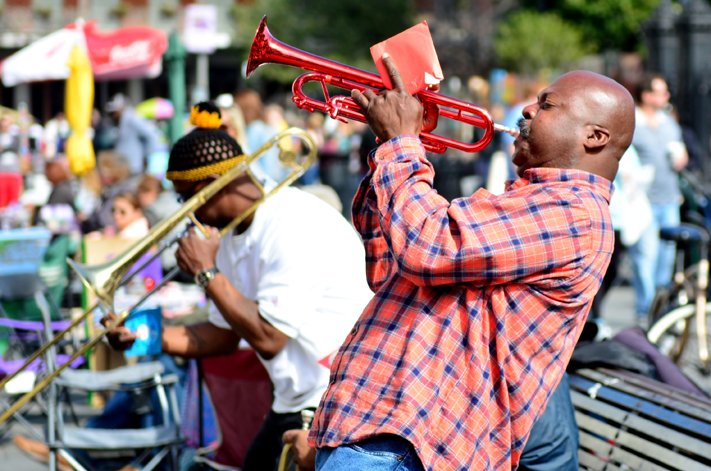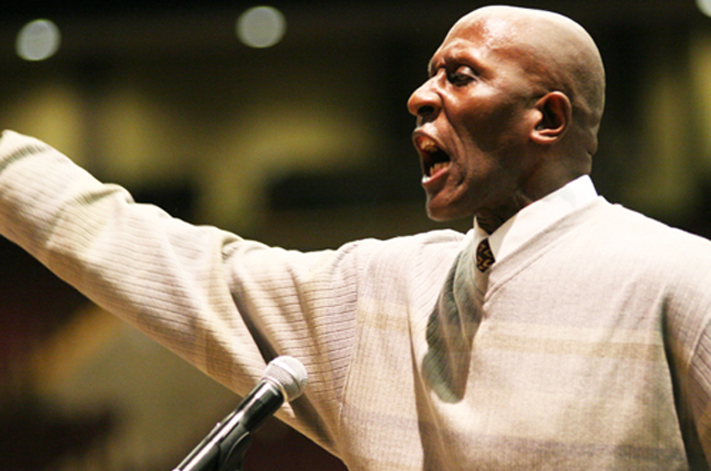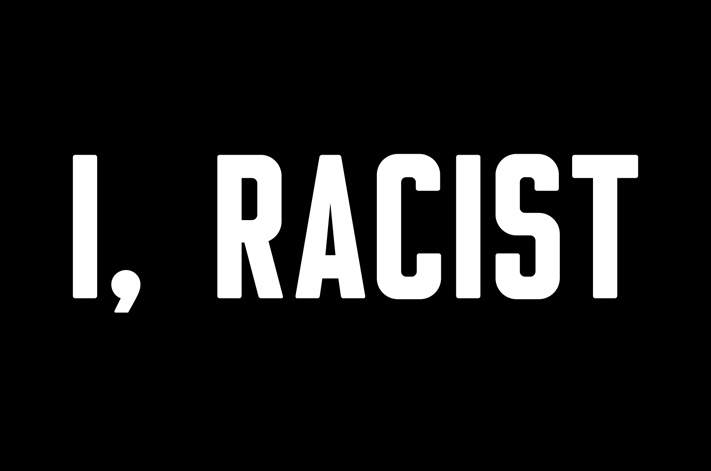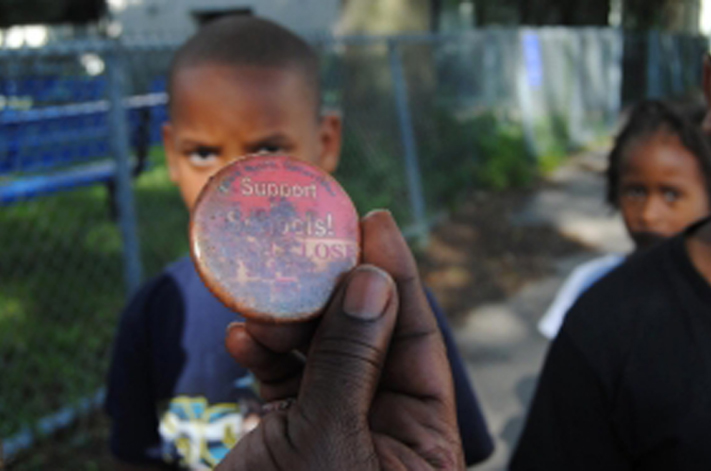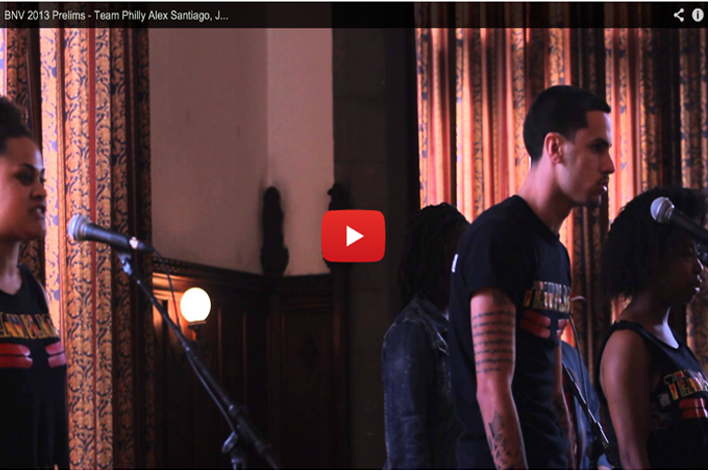Project Description
Resurrecting the Nightmarish History of Lynching in Mississippi
A New Mississippi Begins with Judge Carlton Reeves Ruling
On June 16, 2000 Raynard Johnson, a 17-year-old African American, was found hanging from a small tree in the front yard of his Kokomo, Mississippi, home. After an assessment an unsigned statement was released. Essentially it stated, there is no evidence. There was no need to see what we did not want to see. The stories are endless. Each begins and ends with a thorough review and a declarative a sentence “The evidence does not support a federal criminal civil rights prosecution.” It is a given; Strange Hanging Fruit is like religion — It is forever mysterious and perhaps, more suspicious than delicious. It is, as we can see…
Southern trees bear a strange fruit,
Blood on the leaves and blood at the root,
Black body swinging in the Southern breeze,
Strange fruit hanging from the poplar trees.
Pastoral scene of the gallant South,
The bulging eyes and the twisted mouth,
Scent of magnolia sweet and fresh,
And the sudden smell of burning flesh!
Here is a fruit for the crows to pluck,
For the rain to gather, for the wind to suck,
For the sun to rot, for a tree to drop,
Here is a strange and bitter crop.
…one we no longer harvest, or at least that is what we want to believe.
But there is still Death in a Jailhouse. As recently as in 1983, Andre Jones was found hanging in a dank jailhouse shower stall. He hung by a string. Only a day before he was supposed to start college. For Andre the school bell will never ring. Twenty-eight year old Akai Gurley will never again sing. Mothers will ask, Was my 17-year-old son lynched, in the year 2014? And the reply will come back, “The police still won’t tell me.”
Today we hear it is different. We hear the plea. We acknowledge the astonishing speech by U.S. District Judge Carlton Reeves And still we wonder. We remember Another Mississippi Murderand another, and another. We remember the three young white men who took the life of a 48-year-old black man named James Craig Anderson. In a parking lot in Jackson, Mississippi, It was a night in 2011. The three were part of a group that beat Anderson. Then they killed him. It was brutal and bloody. The young men did not hang James Craig Anderson from a tree. No, they threw him out on to the street. With a truck the men ran over his beaten body. As they sped off they yelled “white power.” And that is what allowed lynching to live. — Might a change in power do it in? We know only the lessons and our teachers. We thank Judge Carlton Reeves for his ruling and remembrance….
One of my former history professors, Dennis Mitchell, recently released a history book entitled, A NEW HISTORY OF MISSISSIPPI. “Mississippi,” he says, “is a place and a state of mind. The name evokes strong reactions from those who live here and from those who do not, but who think they know something about its people and their past.” Because of its past, as described by Anthony Walton in his book, MISSISSIPPI: AN AMERICAN JOURNEY, Mississippi “can be considered one of the most prominent scars on the map” of these United States. Walton goes on to explain that “there is something different about Mississippi; something almost unspeakably primal and vicious; something savage unleashed there that has yet to come to rest.” To prove his point, he notes that, “[o]f the 40 martyrs whose names are inscribed in the national Civil Rights Memorial in Montgomery, AL, 19 were killed in Mississippi.”“How was it,” Walton asks, “that half who died did so in one state?” – – My Mississippi, Your Mississippi and Our Mississippi.
Mississippi has expressed its savagery in a number of ways throughout its history – – slavery being the cruelest example, but a close second being Mississippi’s infatuation with lynchings.
Lynchings were prevalent, prominent and participatory. A lynching was a public ritual – – even carnival-like – – within many states in our great nation. While other States engaged in these atrocities, those in the deep south took a leadership role, especially that scar on the map of America – – those 82 counties between the Tennessee line and the Gulf of Mexico and bordered by Louisiana, Arkansas and Alabama.
Mississippi has expressed its savagery in a number of ways throughout its history - - slavery being the cruelest example, but a close second being Mississippi’s infatuation with lynchings.
In WITHOUT SANCTUARY, historian Leon Litwack writes that between 1882 and 1968 an estimated 4,742 Blacks met their deaths at the hands of lynch mobs.1 The impact this campaign of terror had on black families is impossible to explain so many years later. That number contrasts with the 1,401 prisoners who have been executed legally in the United States since 1976.2 In modern terms, that number represents more than those killed in Operation Iraqi Freedom3 and more than twice the number of American casualties in Operation Enduring Freedom4 – – the Afghanistan conflict. Turning to home, this number also represents 1,700 more than who were killed on 9/11.5
Those who died at the hands of mobs, Litwack notes, some were the victims of “legal” lynchings – – having been accused of a crime, subjected to a “speedy” trial and even speedier execution. Some were victims of private white violence and some were merely the victims of “Nigger hunts” – – murdered by a variety of means in isolated rural sections and dumped into rivers and creeks. “Back in those days,” according to black Mississippians describing the violence of the 1930’s, “to kill a Negro wasn’t nothing. It was like killing a chicken or killing a snake. The whites would say, ‘Niggers jest supposed to die, ain’t no damn good anyway – – so jest go an’ kill ’em.’ . . . They had to have a license to kill anything but a Nigger. We was always in season.”6
In modern terms, that number represents more than those killed in Operation Iraqi Freedom3 and more than twice the number of American casualties in Operation Enduring Freedom4 - - the Afghanistan conflict. Turning to home, this number also represents 1,700 more than who were killed on 9/11.5
How could hate, fear or whatever it was that transformed genteel, God-fearing, God-loving Mississippians into mindless murderers and sadistic torturers? I ask that same question about the events which bring us together on this day. Those crimes of the past as well as these have so damaged the psyche and reputation of this great State.
Mississippi soil has been stained with the blood of folk whose names have become synonymous with the Civil Rights Movement like Emmett Till, Willie McGee, James Cheney, Andrew Goodman, Michael Schwerner, Vernon Dahmer, George W. Lee, Medgar Evers and Mack Charles Parker. But the blood of the lesser-known people like Luther Holbert and his wife,9 Elmo Curl10, Lloyd Clay11, John Hartfield,12 Nelse Patton,13 Lamar Smith,14 Clinton Melton,15 Ben Chester White, Wharlest Jackson and countless others, saturates these 48,434 square miles of Mississippi soil. On June 26, 2011, four days short of his 49th birthday, the blood of James Anderson was added to Mississippi’s soil.
The common denominator of the deaths of these individuals was not their race. It was not that they all were engaged in freedom fighting. It was not that they had been engaged in criminal activity, trumped up or otherwise. No, the common denominator was that the last thing that each of these individuals saw was the inhumanity of racism. The last thing that each felt was the audacity and agony of hate; senseless hate: crippling, maiming them and finally taking away their lives.
How could hate, fear or whatever it was that transformed genteel, God-fearing, God-loving Mississippians into mindless murderers and sadistic torturers?
Despite much progress and the efforts of the new generations, these three defendants are before me today: Deryl Paul Dedmon, Dylan Wade Butler and John Aaron Rice. They and their co- conspirators ripped off the scab of the healing scars of Mississippi . . . causing her (our Mississippi) to bleed again.
Hate comes in all shapes, sizes, colors, and from this case, we know it comes in different sexes and ages. A toxic mix of alcohol, foolishness and unadulterated hatred caused these young people to resurrect the nightmarish specter of lynchings and lynch mobs from the Mississippi we long to forget. Like the marauders of ages past, these young folk conspired, planned, and coordinated a plan of attack on certain neighborhoods in the City of Jackson for the sole purpose of harassing, terrorizing, physically assaulting and causing bodily injury to black folk. They punched and kicked them about their bodies – – their heads, their faces. They prowled. They came ready to hurt. They used dangerous weapons; they targeted the weak; they recruited and encouraged others to join in the coordinated chaos; and they boasted about their shameful activity. This was a 2011 version of the Nigger hunts.
Though the media and the public attention of these crimes have been focused almost exclusively on the early morning hours of June 26, 2011, the defendants’ terror campaign is not limited to this one incident. There were many scenes and many actors in this sordid tale which played out over days, weeks, and months. There are unknown victims like the John Doe at the golf course who begged for his life and the John Doe at the service station. Like a lynching, for these young folk going out to “Jafrica” was like a carnival outing. It was funny to them – – an excursion which culminated in the death of innocent,
Despite much progress and the efforts of the new generations, these three defendants are before me today: Deryl Paul Dedmon, Dylan Wade Butler and John Aaron Rice. They and their co- conspirators ripped off the scab of the healing scars of Mississippi . . . causing her (our Mississippi) to bleed again
But even after Anderson’s murder, the conspiracy continued . . . And, only because of a video, which told a different story from that which had been concocted by these defendants, and the investigation of law enforcement – – state and federal law enforcement working together – – was the truth uncovered.
What is so disturbing . . . so shocking . . . so numbing . . . is that these Nigger hunts were perpetrated by our children . . . students who live among us . . . educated in our public schools . . in our private academies . . . students who played football lined up on the same side of scrimmage line with black teammates . . . average students and honor students. Kids who worked during school and in the summers; kids who now had full-time jobs and some of whom were even unemployed. Some were pursuing higher education and the Court believes they each had dreams to pursue. These children were from two-parent homes and some of whom were the children of divorced parents, and yes some even raised by a single parent. No doubt, they all had loving parents and loving families.
What is so disturbing . . . so shocking . . . so numbing . . . is that these Nigger hunts were perpetrated by our children . . . students who live among us . . . educated in our public schools . . . in our private academies . . . students who played football lined up on the same side of scrimmage line with black teammates . . . average students and honor students.
These were everyday students like John Aaron Rice, who got out of his truck, struck James Anderson in the face and kept him occupied until others arrived . . . . Rice was involved in multiple excursions to so-called “Jafrica”, but he, for some time, according to him and his mother, and an African-American friend shared his home address.
And, sadly, Deryl Dedmon, who straddled James Anderson and struck him repeatedly in the face and head with his closed fists. He too was a “normal” young man indistinguishable in so many ways from his peers. Not completely satisfied with the punishment to which he subjected James Anderson, he “deliberately used his vehicle to run over James Anderson – – killing him.” Dedmon now acknowledges he was filled with anger.
I asked the question earlier, but what could transform these young adults into the violent creatures their victims saw? It was nothing the victims did . . . they were not championing any cause . . . political . . . social . . . economic . . . nothing they did . . . not a wolf whistle . . . not a supposed crime . . . nothing they did. There is absolutely no doubt that in the view of the Court the victims were targeted because of their race.
In the eyes of these defendants (and their co- conspirators) the victims were doomed at birth . . . their genetic make-up made them targets. In the name of White Power, these young folk went to “Jafrica” to “fuck with some niggers!” - - Echos of Mississippi’s past.
It’s the nuclear bomb of racial epithets – as Farai Chideya has described the term. With their words, with their actions – – “I just ran that Nigger over” – – there is no doubt that these crimes were motivated by the race of the victims. And from his own pen, Dedmon, sadly and regretfully wrote that he did it out of “hatred and bigotry.”
The Court must respond to one letter it received from one identified as a youth leader in Dylan Butler’s church, a mentor, he says and who describes Dylan as “a good person.” The point that “[t]here are plenty of criminals that deserve to be incarcerated,” is well taken. Your point that Dylan is not one of them – – not a criminal . . . is belied by the facts and the law. Dylan was an active participant in this activity, and he deserves to be incarcerated under the law. What these defendants did was ugly . . . it was painful . . . it is sad . . . and it is indeed criminal.
In the Mississippi we have tried to bury, when there was a jury verdict for those who perpetrated crimes and committed lynchings in the name of WHITE POWER . . . that verdict typically said that the victim died at the hands of persons unknown. The legal and criminal justice system operated with ruthless efficiency in upholding what these defendants would call WHITE POWER.
Today, though, the criminal justice system (state and federal) has proceeded methodically, patiently and deliberately seeking justice. Today we learned the identities of the persons unknown . . . they stand here publicly today.
The sadness of this day also has an element of irony to it: each defendant was escorted into court by agents of an African- American United States Marshal; having been prosecuted by a team of lawyers which includes an African-American AUSA from an office headed by an African-American U.S. Attorney – – all under the direction of an African-American Attorney General, for sentencing before a judge who is African- American, whose final act will be to turn over the care and custody of these individuals to the BOP – – an agency headed by an African-American.
Today we take another step away from Mississippi’s tortured past . . . we move farther away from the abyss. Indeed, Mississippi is a place and a state of mind. And those who think they know about her people and her past will also understand that her story has not been completely written. Mississippi has a present and a future. That present and future has promise. As demonstrated by the work of the officers within these state and federal agencies – – black and white; male and female, in this Mississippi, they work together to advance the rule of law. Having learned from Mississippi’s inglorious past, these officials know that in advancing the rule of law, the criminal justice system must operate without regard to race, creed or color. This is the strongest way Mississippi can reject those notions – – those ideas which brought us here today.
At their guilty plea hearings, Deryl Paul Dedmon, Dylan Wade Butler and John Aaron Rice told the world exactly what their roles were . . . it is ugly . . . it is painful . . . it is sad . . . it is criminal.
The Court knows that James Anderson’s mother, who is now 89 years old, lived through the horrors of the Old Mississippi, and the Court hopes that she and her family can find peace in knowing that with these sentences, in the New Mississippi, Justice is truly blind.
The Court now sentences the defendants as follows:
The Court has considered the advisory guidelines computations and the sentencing factors under 18 U.S.C. §3553(a). The Court has considered the defendants’ history and characteristics. The Court has also considered unusual circumstances – – the extraordinary circumstances – – and the peculiar seriousness and gravity of those offenses. I have paid special attention to the plea agreements and the recommendations of the United States. I have read the letters received on behalf of the defendants. I believe these sentences provide just punishment to each of these defendants and equally important, I believe they serve as adequate deterrence to others and I hope that these sentences will discourage others from heading down a similar life-altering path. I have considered the Sentencing Guidelines and the policy statements and the law. These sentences are the result of much thought and deliberation.
These sentences will not bring back James Craig Anderson nor will they restore the lives they enjoyed prior to 2011. The Court knows that James Anderson’s mother, who is now 89 years old, lived through the horrors of the Old Mississippi, and the Court hopes that she and her family can find peace in knowing that with these sentences, in the New Mississippi, Justice is truly blind. Justice, however, will not be complete unless these defendants use the remainder of their lives to learn from this experience and fully commit to making a positive difference in the New Mississippi. And, finally, the Court wishes that the defendants also can find peace.
Notes
2 http://www.deathpenalty.org/executions-year/
3 http://casualties.org/
4 http://casualties.org/
5 http://www.cnn.com/2013/07/27/us/september-11-anniversary-fast-facts/
6 Without Sanctuary, at 15.
7 Id., at 27.
8 Id.
9 Id., at 15.
10 Id., at 17.
11 Id., at 18.
12 Id., at 20.
13 Id.
14 A New History, at 405.
15 Id. at 408.
16 Henry Brown v. East Miss. Elect. Power Ass’n, 989 F.2d 858, 861 (5th Cir. 1993). A New History of Mississippi
Reference and Resources for Introductory Essay…
- History of Lynchings in the South Documents Nearly 4,000 Names
- Anti-Lynching Law in U.S. History. by Robert Siegel. National Public Radio. June 13, 2005
- The ‘Last Lynching’: How Far Have We Come? National Public Radio. October 15, 2008
- Lynching in America: Confronting the Legacy of Racial Terror. Equal Justice Initiative.
- Justice Department closes probe of Mississippi hanging. By Justice Department Producer Terry Frieden. Cable News Network. [CNN]. February 1, 2001
- Death in a Jailhouse: The Ruling, A Suicide; The Fear, a Lynching. The New York Times. February 21, 1983
- Akai Gurley’s Family Demands Conviction For A ‘Modern-Day Lynching.’ Huffington Post. February 1, 2015
- About Lynching. By Robert L. Zangrando. The Oxford Companion to African American Literature. Copyright © 1997 by Oxford University Press.
- Judge Carlton Reeves
Judge Carlton Reeves was born in Fort Hood, Texas and grew “up in the rural Yazoo City, 40 miles north of Jackson, Mississippi, where “everybody knew their place,” he said in an interview. “It was divided by railroad tracks, and you knew where you could and could not go.””
As a child, Reeves began to go places unexpected within the context of history. Young Carlton was in the first class of students to attend integrated public schools. He was the first in his family to attend a four-year college. At the historically black Jackson State University Carlton W. Reeves was a 1986 magna cum laude. He earned his law degree from the University of Virginia at a time when its law school was more than 85 percent white. Appointed by President Obama in 2010, he was the second African-American to be named a federal judge in Mississippi.
During his Senate Confirmation hearing Judge Reeves shared his understanding. ““Empathy should play no role in a judge’s consideration of a case.” Instead, he uttered, “I believe that minority judges can serve as role models to the public at-large and particularly members of the minority community who share the same race or sex, and have the opportunity to inspire minority members of the community to believe that they too could “have the chance” to sit on the federal bench.
This piece was reprinted by EmpathyEducates with permission or license. We thank the Author, Judge Carlton Reeves and his office for their kindness, ruling, research and truly real reflection.

